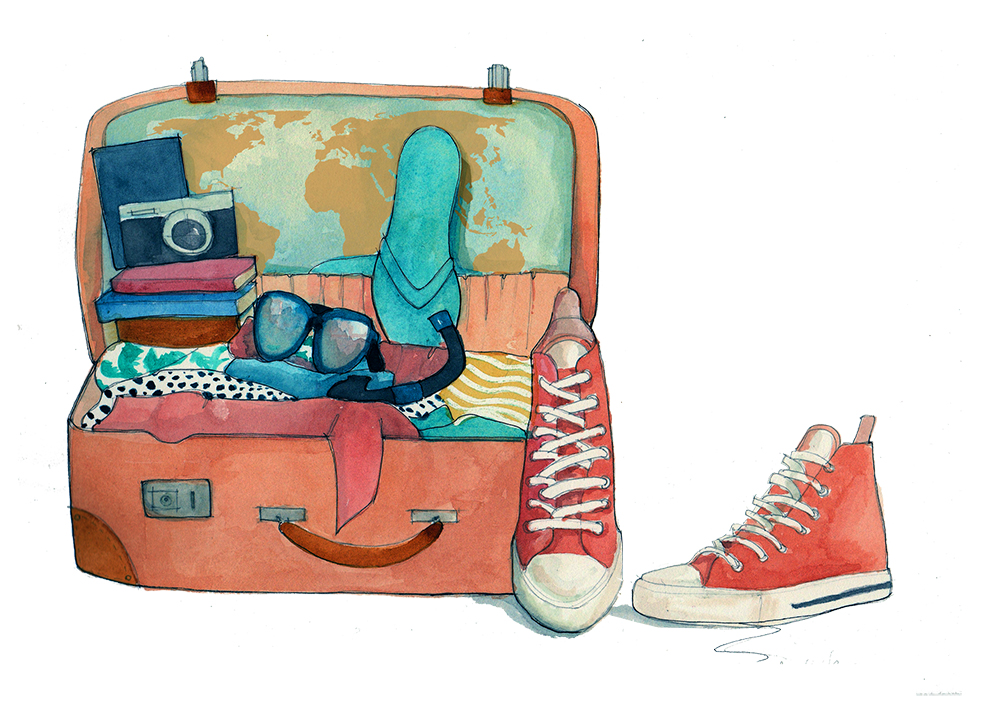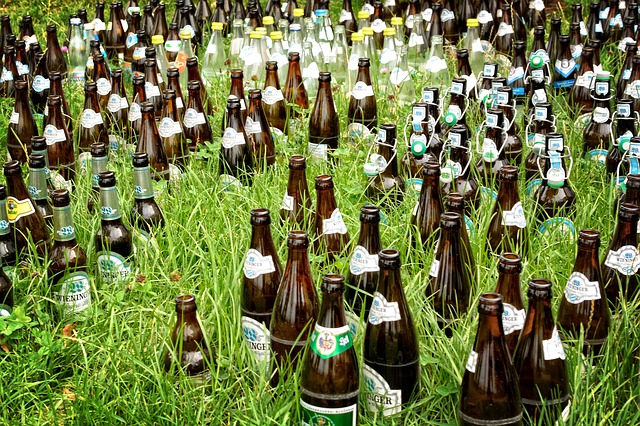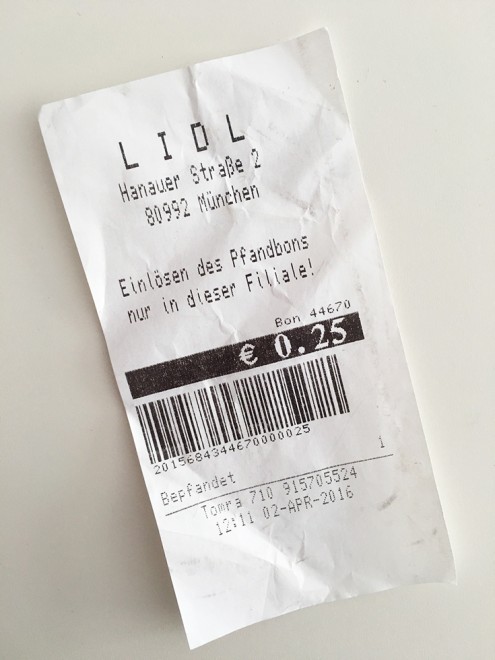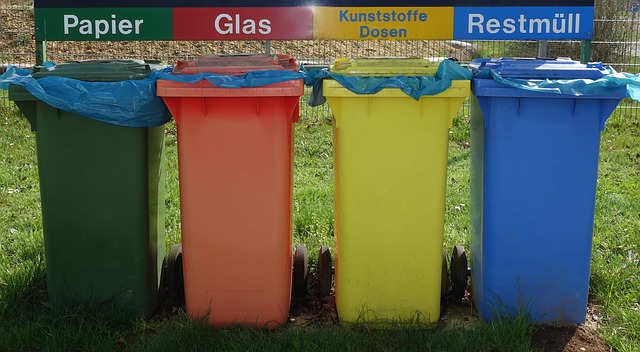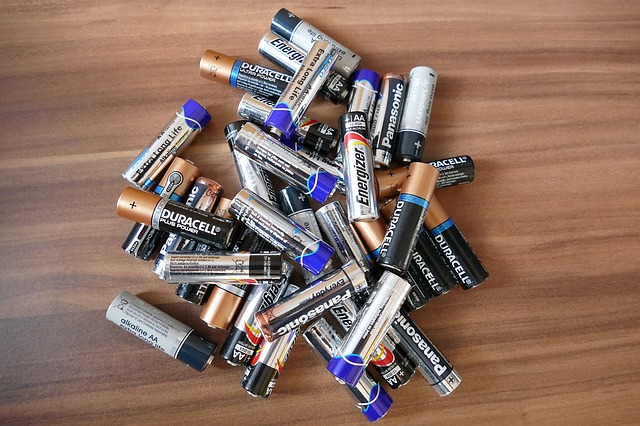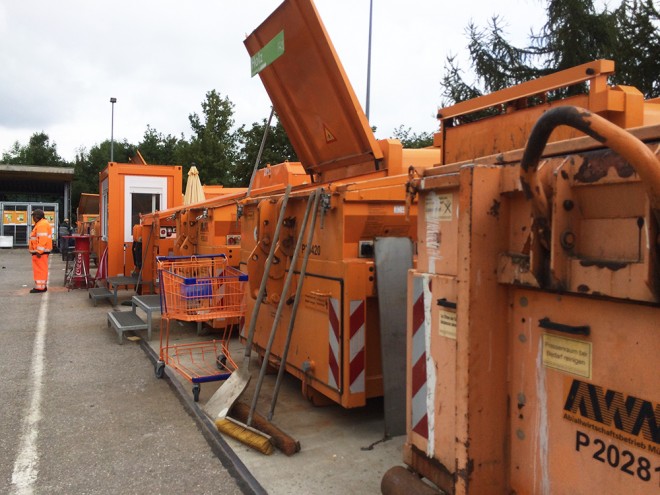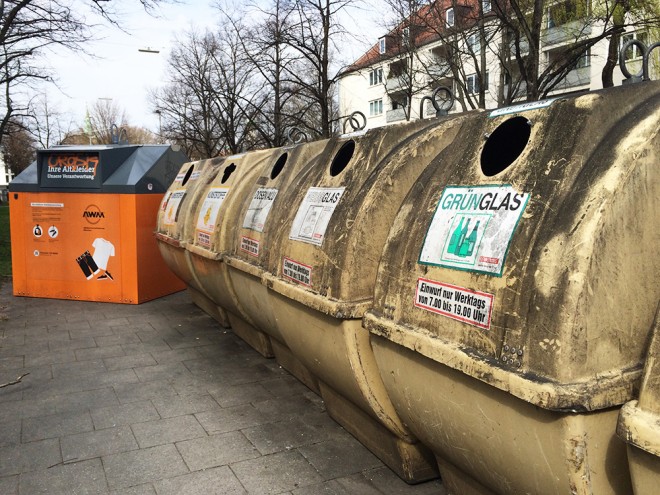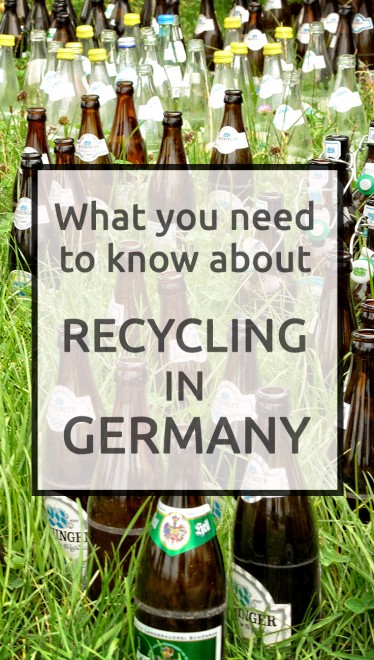There is no way you move to Germany and don’t notice how serious recycling is around here. Just so you have an idea, Germany is number 1 in the world when it comes to recycling, according to data provided by OECD. It is an important topic in the country and as a tourist and especially as an expat, you need to know how it works.
In fact, knowing how the recycle system in Germany works is essential for your daily life as an expat in the country. It certainly will save you time, money and will help you keep the peace with your neighbors. Yes, your neighbors, because people here don’t only care about doing their part, but also if you are doing yours too.
With my own experience living in Germany for 4 years, and with some extra research on official sources, I came up with a little guide on what you need to know about recycling in Germany. The topic is vast; one could probably write an entire book about it, so forgive me if I don’t mention every detail of it on this post. In any case, I hope it will be useful to you in a way or another.
The returnable bottles (Pfand)
One of the first things you will notice in Germany is that you can get money back for returning your bottles. Depending on the bottle (one way or more/Einweg or Mehrweg), you may get 8 to 25 cents back. You can return them on supermarkets and at the Getränkemarkt (beverage store), you will then receive a receipt, which you can exchange for money in the cashier or deduct from your shopping.
Not all bottles are returnable: wine bottles, jam jars, the ones indicating Pfandfrei, among others.
The returnable ones, among plastic and glass: beer, soft drinks, water and juice bottles, soft drinks and energy drinks cans.
You might notice that in big cities, like Munich, some people leave returnable bottles in a corner or another on the streets. This is because this way, homeless people can take them and exchange for money.
The bins
Get used to them. Depending on the city and on the building you live, you will have those at home:
Black Bin
It’s for general waste, which means, everything that’s not recyclable.
Examples: leftover food, dirt, cigarette butts, nappies, dog poop, etc.
Doesn’t include: organic waste, everything that’s recyclable, special waste like batteries, etc.
Collection: normally every 2 weeks
Blue bin
It’s for paper waste.
Examples: newspaper, cardboards (shoes, pizza, etc), paper bags, leaflets, clean napkins, etc.
Doesn’t include: dirty paper, plastic bags, adhesive stripes, carbon paper, photographic paper, composite packaging and packaging materials, etc.
Collection: monthly
Yellow bin/bag
It’s for lightweight packaging. Depending on the city, you might need a specific plastic bag, while in others you need to dispose it on the containers found on the streets.
Examples: cans, plastic materials, aluminum packaging, beverage pasteboard containers, etc.
Doesn’t include: packaging with content, nappies, glasses and paper packaging, etc.
Collection: monthly for the plastic bags and bins, and twice a month for the big containers.
Brown and Green bins
It’s for organic waste.
Examples: fruits and vegetables, eggshells, bush cuttings, leaves, coffee ground, etc.
Doesn’t include: leftovers, meat, ashes, dirt, etc.
Collection: every 2 weeks
The Glasses
The non-returnable bottles, divided into white, green and brown. Disposed on containers found on the streets.
Bulky waste
These are all household furniture, like couch, tables, shelves, etc. You can go directly to the wertstoffhof (garbage station) and leave there.
Doesn’t include: vehicle parts, old clothes, domestic waste, electrical appliances, cartons, etc.
Special disposal waste
Small and large electrical appliances, like refrigerator, toasters, microwave, etc. Batteries, fluorescent and energy saving lamps, alkaline solutions, paint, etc. You can drop them off at the wertstoffhof and in some supermarkets you may find where to dispose of batteries, for example.
The Wertstoffhof
It’s basically the garbage station; there is practically one in every neighborhood. Going there is worth it if you need to dispose of a larger quantity of garbage, for example, Christmas trees, or when you bought new furniture and need to get rid of all the card boards and plastic, or when you need to dispose of old electrical appliances, furniture and so on.
The containers on the street
In many cities, you will find the big containers on the streets for recycling. Some are for plastic and tinned, others for the glasses (brown, green and white), so if in your building or house there are no bins/containers for these, you need to dispose of them in the street containers.
You may also find a container for old clothes and shoes you wish to donate.
Note that there is a certain time, which you are allowed to dispose of the garbage in those containers: from 07:00 to 19:00 on weekdays. It has to do with making noise for the neighboors, though to be honest, I see people throwing garbage every day at any time
Helpful vocabulary
Restmüll: general waste
Papier: paper waste
Kompost: compost
Plastik: plastic waste
Kunststoffe: plastic
Flaschen: bottles
Glas: glass
Dosen: cans
*For more information contact your local city administration, they have more details on your city’s recycling system.
Pin this post!
